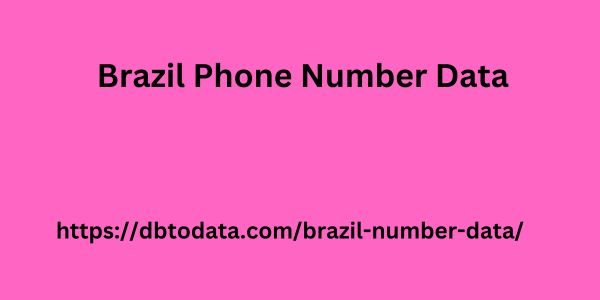|
|
Have you ever written a scientific work and had doubts when citing an author? This is more common than you might think! After all, ABNT citations are a super common and enriching element in scientific research. This is because, when preparing a research project or any academic work, we need to have a scientific basis to develop our ideas, right? And, to talk about excerpts from books, ideas from researchers and experts, we often resort to using quotations. However, so that the works do not have different formats and it is easier to identify the works used as references, universities and events use a citation standard. Therefore, there is a correct way to cite someone in your work, just follow the ABNT standards, which may vary according to the types of to make a summary according to ABNT standards Just write without hesitation, save this post and always consult it when reviewing your citations and whenever you have questions about: What is ABNT; What is a direct quote; How to make a short direct quote; How to make a quote with more than three lines; Tools that can help you make citations.
What is ABNT? To begin with, before talking about direct citations, we need to get to know the institution that defines what a citation is, that is, the ABNT. This is the acronym for Brazilian Association of Technical Standards, a private institution, which is responsible for technical standardization in Brazil. In other words, it prepares technical standards, known as NBRs, for various areas, from academic work to standards in the Brazil Phone Number Data environmental and textile areas. For example, the rules for formatting citations in a text are present in NBR 10520 and it is part of it that we will cover today. Research Project Template What is a direct quote? You may already know that it is difficult to find an academic work that does not use citations. This is because scientific productions need a foundation, which is why they always reference works already written by other authors and gain more credibility as a result. In this sense, ABNT defines all mentions of information extracted from another source as citations.

Indirect : If you think you've never used a quote, you probably don't know about the indirect quote. It is used whenever we talk about other works in our own words and without citing the author's exact words. Citation of quotation : The famous “apud”, from the Latin “ cited by” , is the mention of a quotation within another person's work, without us necessarily having read the cited author. Among these three types of citations, ABNT defines that they can be used both in the text and in footnotes and the way they appefrom the Federal University of Santa Catarina. There, you can create automatic references for various types of works, in addition to storing your references in collections created according to your needs and/or preferences. You can also search and import a reference to your list of references. Other similar tools: RefWorks – Reference and citation management tool maintained by Proquest through the Flow interface. Colwiz – Free referral management tool. Crossref Simple Text Query – Get persistent links to your reference list or bibliography Google Scholar – Among its numerous functions, it allows you to monitor the citations of your publications over time.
|
|